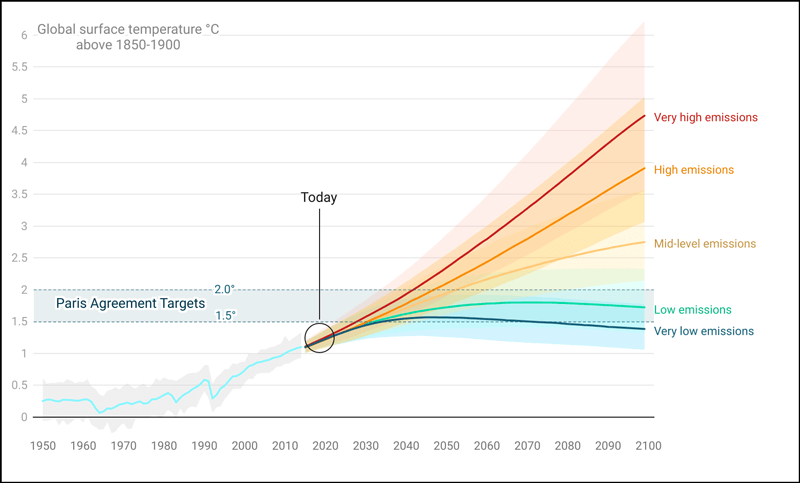As the planet barrels rapidly towards surpassing the 1.5-degree pledge outlined in the Paris Agreement, one word that’s consistently brought up is innovation. There is a particular focus on carbon-negative new constructions, projects like SOM’s Urban Sequoia, a forest of skyscrapers. Most of these projects, however, are only conceptual and nowhere near completion. So what about the buildings that are already standing?
Ultimately, new construction is pointless if existing buildings don’t develop. The vast majority of commercial buildings will still be here for many decades ahead, and the emissions cut by newer developments won’t be able to offset those from existing buildings.
$112 trillion is the latest total that is projected for futureproofing buildings in the US. $18 trillion of that going towards retrofitting, with the remaining $94 trillion being used to protect buildings from the effects of climate change.
So where can we go from here?

Modification of commercial buildings to get them carbon neutral is essential. Retrofitting also has the monetary edge, being 40% cheaper than demolition and reconstruction, and it’s becoming increasingly obvious that this is a strongly effective way of targeting carbon emissions. After his presidential victory, Biden announced plans to upgrade 4 million buildings in a project costing $2 trillion dollars. Boris Johnson also committed to Build Back Better, with £12 billion in funding being given to projects to usher in a green industrial revolution. With governmental investments such as this, it’s clear that retrofitting requires action now.
Retrofitting appears to many building managers to be a complicated task and another reason to kick the can down the road. There are already systems in place and overhauling them requires not only time but an upfront investment. The process can seem daunting, despite promising ROIs and better energy efficiency. Not only that, but, with constantly evolving metrics and regulations for energy consumption, implementing systems that have the ability to keep up is essential.
As carbon emissions continue to rise, and the costs escalate beyond any analyst’s worst nightmare, buildings can’t afford to be constantly playing catch up. Systems that can collect data in areas such as occupancy, temperature, humidity (among others) and analyse it to maximise energy efficiency are essential to keep energy use and costs low. These systems’ ability to learn and adapt to collected data ensures futureproofing for retrofitted buildings.
Existing building stock can be updated with systems that intuitively save energy and decrease carbon emissions, and occupants and investors alike can feel secure in the knowledge that their buildings are not damaging the planet. The need to ‘Build Back Better’ is clear, but lets start with what we already have.

Share your thoughts
No Comments
Sorry, the comment form is closed at this time.